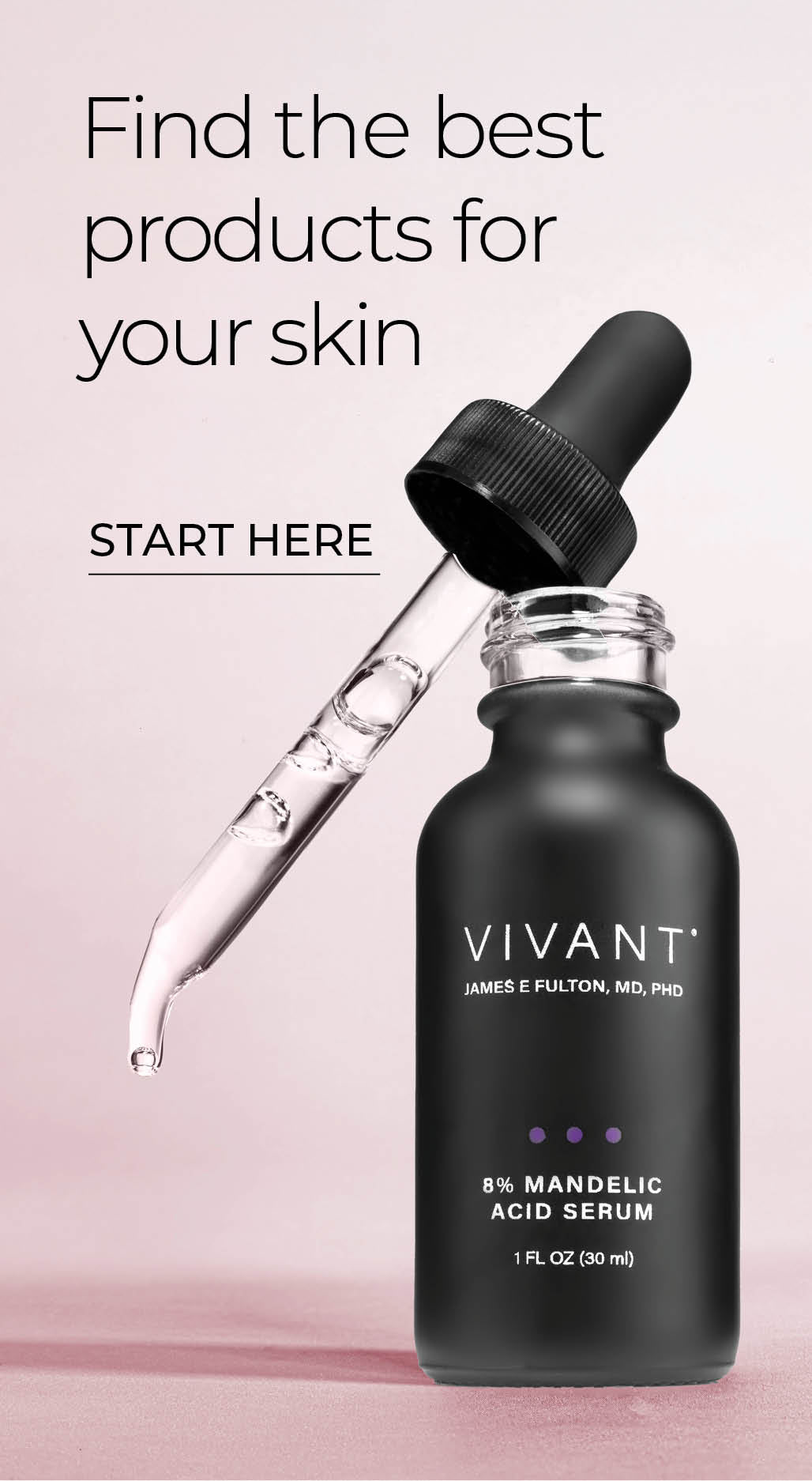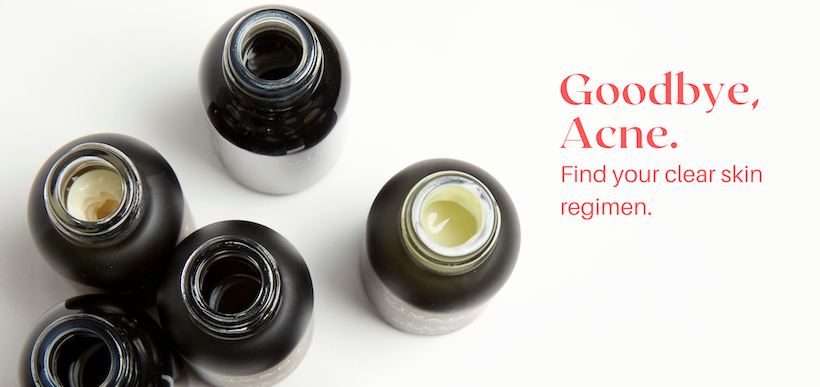Exfoliation: Physical? Mechanical? Chemical? What’s The Dif? The Doctor Explains

When you think about exfoliation, do you think scorched earth, leave no prisoners, tender, red, inflamed skin? If you said yes, we’ve got news. There’s a better way. In fact, there are several.
Exfoliation clears away the dead skin to accelerate cell renewal, improve skin’s tone and texture, and make it easier for your acne medication or your anti-aging serums to be absorbed into your skin so they can work their very best. It doesn’t have to be harsh. In fact, even sensitive skin can benefit from exfoliation when done properly.
But to do it well, you’ve got to understand the processes and principles of exfoliation. So let’s run through the fine points of one of your skin care regimen’s most essential components.
What are the various types of exfoliation?
Physical (AKA mechanical) exfoliation involves the use of a physical agent—granules, a scrub, a brush, a buffing pad—to clear away dead cells and debris. Physical exfoliation deals with what’s on the surface, clearing impactions and flaky skin. Because it relies on friction to do the job, it can be irritating or drying if overdone.
Consider the type of exfoliant you choose. You’re not sanding the finish off your latest flea market find. Large particles or overly abrasive pads can cause micro-tears in the skin, which can result in redness, irritation or the introduction of bacteria. Stick to small granules and scrubs, and soft brushes or pads.
Vivant’s Buffing Grains Exfoliating Cleanser is good for all skin types and can be used on its own or added to a targeted cleanser for maximum radiance. For acne prone skin, try Vivant’s BP 3% Exfoliating Cleanser, which combines buffing granules with benzoyl peroxide to fight acne above and below skin’s surface.
For beginners, physical exfoliation shouldn’t be done every day. Two to four times a week, depending on your skin type, is usually sufficient. Work up to daily to clear cell turnover created by the chemical exfoliators.
What about chemical exfoliants? First, chemical exfoliators are not as scary as they sound. Before you start imagining simmering vats of caustic brine, realize that the term chemical here refers more to the process than the agent. Chemical exfoliators are natural substances that work by dissolving the “glue” that binds skin cells together causing them to slough off to reveal bright, healthy new skin. Generally, they come from natural sources like food and plants.
Alpha hydroxy acids (AHAs) and beta hydroxy acids (BHAs) are the main agents you’ll see.
Alpha hydroxy acids are water-soluble and have natural humectant properties.
Look for glycolic acid, derived from sugarcane; lactic acid, derived from milk; or mandelic acid, derived from bitter almonds. Between these three top performers, there’s something for every skin type.
With its short molecular size, glycolic penetrates quickly and gets the job done, but like most things known for quick penetration, glycolic acid can sometimes be irritating. Sensitive or dry skin types might prefer lactic acid’s slower, more surface-level approach. Mandelic, has the largest molecular structure so it penetrates more slowly still. It’s the least irritating of the three and the safest for darker skin tones prone to hyperpigmentation. It’s also a natural skin lightener.
Oily skin will benefit from Exfol-A™ daily vitamin A serum, which combines glycolic acid with kojic and lactic acids to accelerate cell renewal to flush out pores and improve skin tone and texture.
For dry skin or skin new to vitamin A, try Vivant’s Derm-A-Gel® with brightening kojic acid, lactic acid and nourishing vitamin A.
For darker skin tones, 8% Mandelic Acid 3-in-1 Serum delivers a dramatically different AHA experience for all skin types. Reduces the signs of aging, promotes firmer, brighter, more even skin tone and texture and a refinement of pores.
Beta hydroxy acids are fat-soluble rather than water-soluble, meaning they are able to penetrate through the sebaceous follicles. This makes them particularly good for oily skin. The most common BHA is salicylic acid, which comes from the inner bark of the willow tree. Anti-inflammatory, anti-bacterial, and capable of deeply penetrating into the follicle to force out acne impactions, salicylic acid is an ideal addition when blended properly for acne prone skin.
Exfol-A™ Forté with the full complement of acids—glycolic, salicylic, citric, kojic and lactic, plus vitamin A— for superior exfoliating effect with less irritation, is ideal for acne prone skin.
Vitamin A retinoids are another type of chemical exfoliant that accelerate cell turnover by reducing the process of hyperkeratinization, the clumping up of the cells in the hair follicle. Vitamin A therapy is particularly good for clearing acne and reversing signs of photoaging. While you will see vitamin A retinoids in many forms on ingredient lists, the one to look for is Vitamin A Propionate. Developed and patented by Dr. James Fulton, Vitamin A Propionate is the most effective, least irritating non-prescription retinoid available.
The best results come from combining AHAs and/or BHAs with Vitamin A Propionate. All the exfoliating serums noted above contain Vitamin A Propionate.
Fruit enzymes from papain (papaya) and bromelain (pineapple) are yet another option. Enzymes are proteolytic (protein digesting) substances. They gobble up dead skin cells (yum!). Vivant professional peels use a blend of these natural exfoliators to rid skin of dead cells, promote collagen production and leave skin brighter, smoother and fresher in appearance. Ask your skin care professional about Vivant Pro-Zyme Peels.


Comments